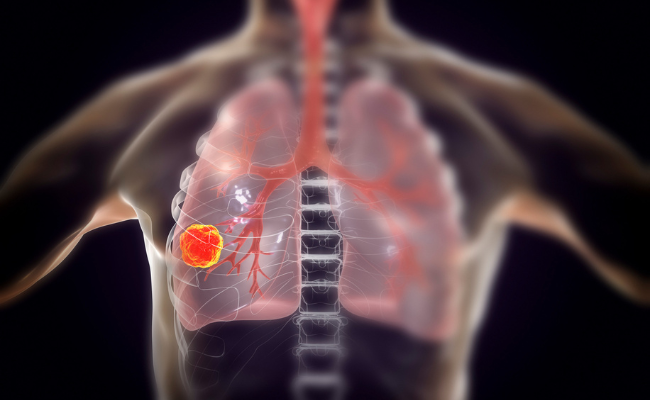How to Treat Empyema?
- October 11, 2023
- No Comments

What is Empyema?
Empyema involves the accumulation of pus in the pleural space, situated between the lung and the chest wall. This complication often stems from pneumonia, where bacteria from infected lung tissue can extend into the pleural space, resulting in pus formation. This condition is marked by severe respiratory distress, demanding immediate medical attention. Referred to as pyothorax or purulent pleuritis, empyema denotes the presence of pus in this pleural cavity—a space containing immune cells, dead cells, and bacteria. Unlike other fluids, pus in the pleural space cannot naturally be expelled through coughing, necessitating drainage either through a needle or surgical intervention.
Why is Empyema a Concern?
Empyema poses a serious threat to respiratory health due to the collection of infectious material in the pleural space. As pus accumulates, it can lead to lung compression, impairing the ability to breathe effectively. Untreated or inadequately managed cases can result in respiratory failure, sepsis, and other life-threatening complications.
How is Empyema Diagnosed?
Diagnosing empyema involves a combination of clinical evaluation, imaging studies, and sometimes diagnostic procedures. Chest X-rays and computed tomography (CT) scans are commonly used to visualize the pleural space and identify the presence of pus. Additionally, thoracentesis, a procedure in which a needle is inserted into the pleural space to aspirate the fluid, may be performed to analyze the contents and confirm the diagnosis.
Treatment Solutions for Empyema:
- Antibiotic Therapy: Empyema is often caused by bacterial infections, and antibiotic therapy is a fundamental component of treatment. Broad-spectrum antibiotics are typically prescribed initially, and the choice may be adjusted based on the results of bacterial cultures and sensitivity testing.
- Thoracentesis or Chest Tube Drainage: To relieve the buildup of pus and improve respiratory function, drainage of the pleural space is essential. This is achieved through either thoracentesis or the placement of a chest tube. Thoracentesis involves inserting a needle through the chest wall to remove fluid, while a chest tube is a more invasive procedure that allows for continuous drainage.
- Decortication Surgery: In severe cases where there is a thick layer of pus or fibrin encasing the lung (pleural peel), surgical intervention known as decortication may be necessary. This procedure involves removing the thickened layer, allowing the lung to expand and function more effectively.
- Pleural Lavage: In some cases, pleural lavage may be performed during surgery to thoroughly cleanse the pleural space. This involves rinsing the space with a sterile solution to remove debris and infectious material.
- Supportive Care: Adequate pain management and supportive care, including oxygen therapy and respiratory treatments, are crucial elements in the overall management of empyema. These measures help alleviate symptoms and support the patient's recovery.
Benefits of Empyema Treatment:
- Resolution of Infection: Antibiotic therapy effectively targets the bacterial infection causing empyema, leading to the resolution of the infectious process.
- Improved Respiratory Function: Drainage procedures such as thoracentesis or chest tube placement facilitate the removal of pus, allowing the lung to re-expand and restoring respiratory function.
- Prevention of Complications: Timely and appropriate treatment of empyema helps prevent complications such as respiratory failure, sepsis, and the development of fibrous adhesions within the pleural space.
- Enhanced Quality of Life: By addressing the underlying infection and relieving respiratory distress, treatment contributes to an improved quality of life for individuals recovering from empyema.
- Prevention of Recurrence: Adequate treatment, along with follow-up care, helps reduce the risk of recurrence of empyema. Monitoring and addressing any lingering respiratory issues are essential to preventing relapses.
Comments (0)